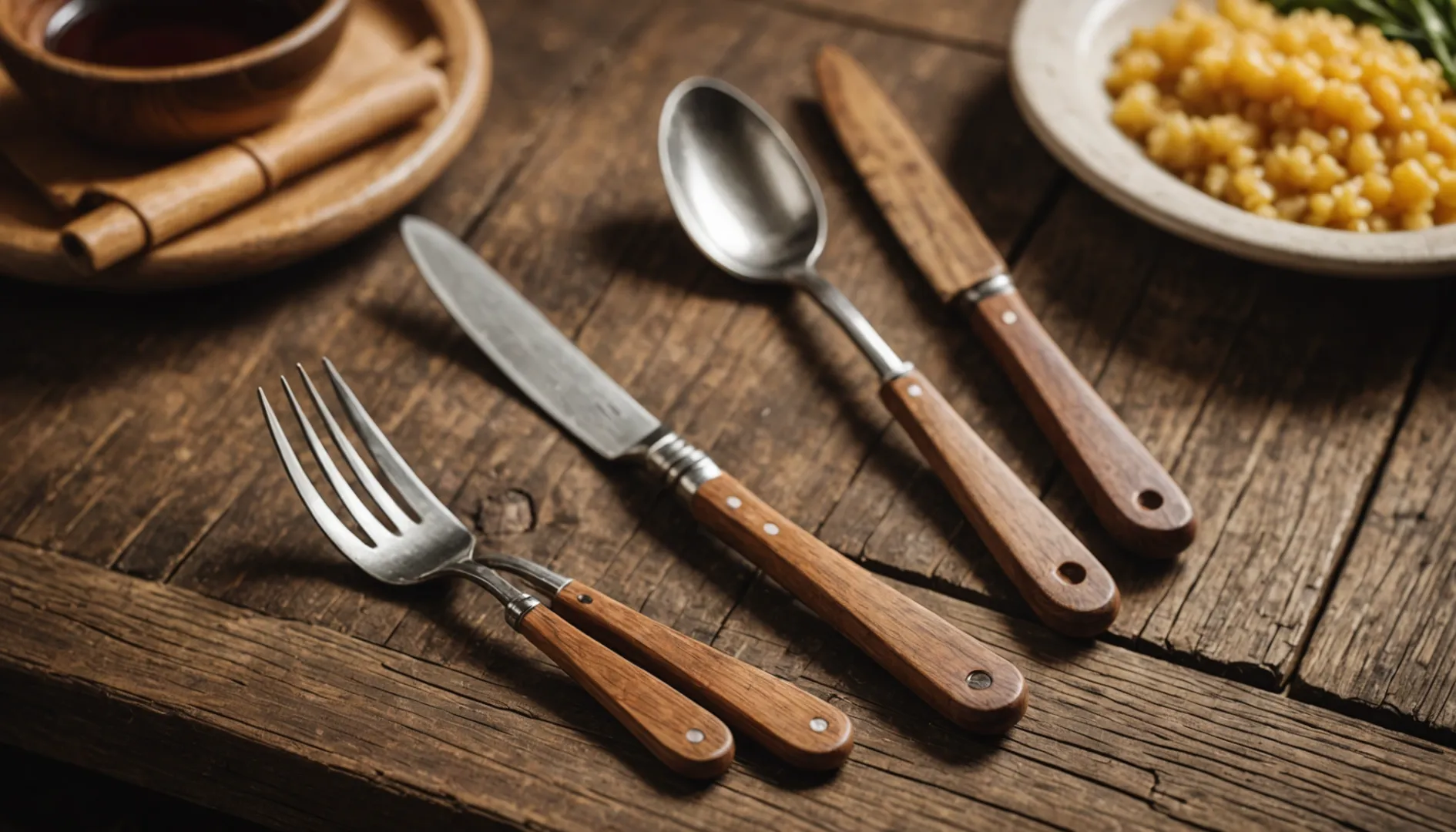
Ever feel overwhelmed by the avalanche of plastic waste? I sure do, and that's why I've turned to wooden cutlery for a more sustainable dining experience.
The top 10 disposable wooden cutlery manufacturers in the USA are recognized for their commitment to sustainability, quality craftsmanship, and eco-friendly certifications. These industry leaders ensure that their products are both practical and biodegradable, making them ideal choices for environmentally conscious consumers.
Understanding which manufacturers are leading the pack isn't just about names; it's about their unique approaches to sustainability and quality. I’ve always been intrigued by how these companies innovate—whether it's using natural coatings or ensuring their wood is sourced responsibly. It’s more than just cutlery; it's about being part of a movement towards a greener planet.
Wooden cutlery is more hygienic than plastic.False
Wooden cutlery can absorb moisture, fostering bacteria if not maintained.
Bamboo cutlery is more sustainable than wooden cutlery.True
Bamboo grows faster and is easier to harvest, making it more sustainable.
What Makes a Manufacturer Stand Out in the Wooden Cutlery Market?
Ever wondered what truly sets apart the best in the wooden cutlery industry? Let me take you on a journey through the heart of this eco-friendly market, where creativity and sustainability intertwine.
Manufacturers who excel in the wooden cutlery market focus on sustainability, superior craftsmanship, innovative design, and transparent sourcing. They often gain an edge by adopting eco-certifications, utilizing blockchain for supply chain transparency, and engaging consumers through education.
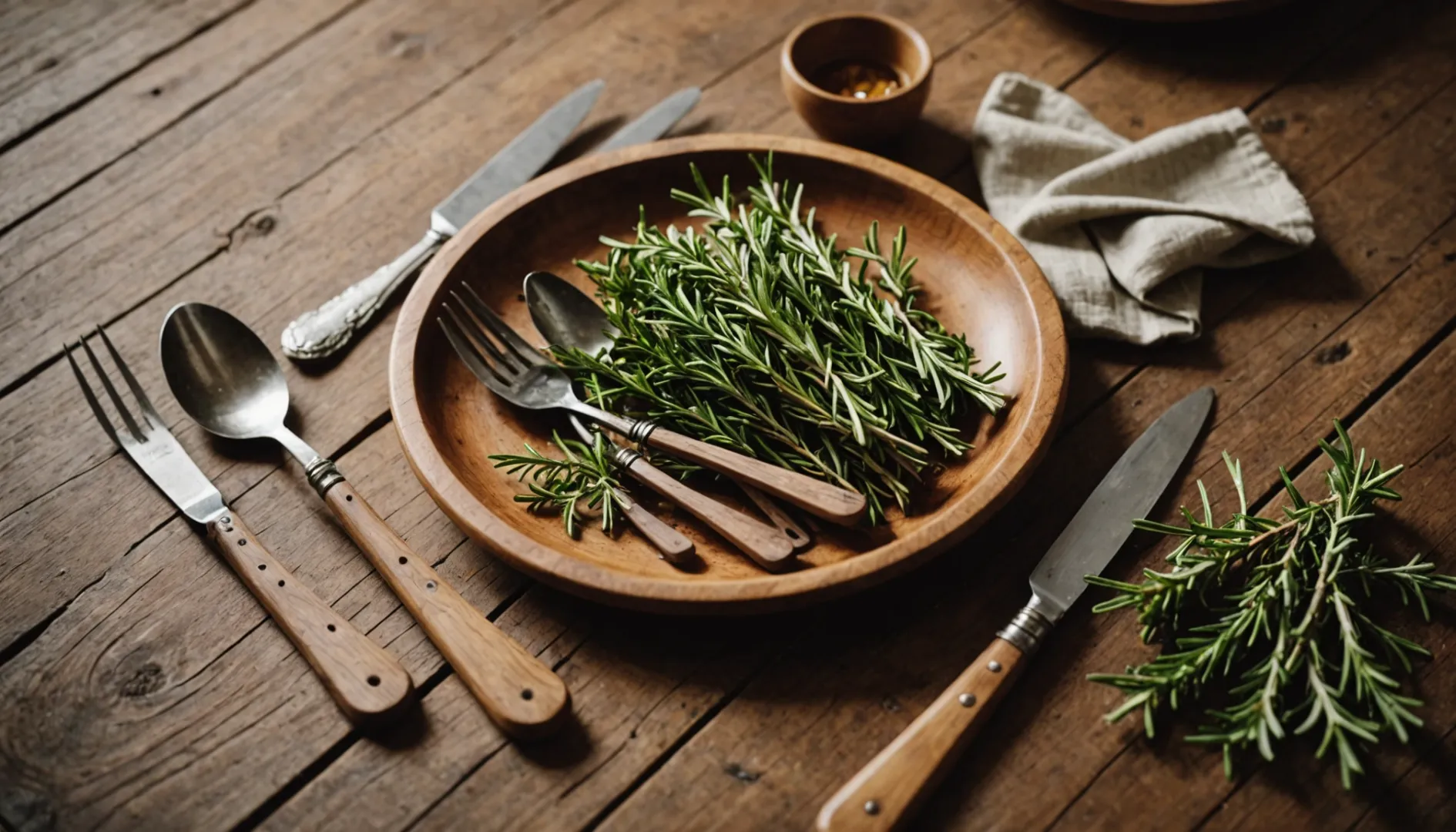
Emphasizing Sustainability and Eco-Certifications
In my journey through the world of wooden cutlery, I’ve come to realize that sustainability1 is not just a buzzword—it’s a commitment. Eco-certifications like FSC (Forest Stewardship Council) and LFGB are more than just labels; they’re promises that what you’re using is responsibly sourced and safe for your family. I remember the first time I came across these certifications. It was a reassuring moment, knowing that the choices I make can contribute to a healthier planet. Manufacturers who walk this talk often use Life Cycle Analysis (LCA) to prove their environmental stewardship, something that can set them apart in a market concerned with plastic waste.
Quality Craftsmanship and Innovative Design
Have you ever held a piece of wooden cutlery that just felt right? The smooth finish and elegant design can transform a simple meal into an experience. This is what quality craftsmanship is all about. High-quality finishes, such as food-safe oils or waxes, not only improve the utensil's longevity but also enhance its visual appeal. Their dedication to innovation, like developing compostable coatings, spoke volumes about their commitment to the environment. Designs that cleverly use less wood while maintaining strength are not just eco-friendly; they speak to the minimalist in all of us.
Transparency in Sourcing and Supply Chain
Transparency is like a window into a brand’s soul. When I learned about blockchain2 technology being used to trace the journey of wood from forest to fork, it changed how I viewed my purchases. Technologies like blockchain enable manufacturers to offer verifiable information about their sourcing practices. This transparency fosters trust and aligns with growing expectations for ethical manufacturing.
By ensuring traceability from forest to factory, brands can position themselves as ethical leaders in the market. Knowing exactly where my cutlery comes from makes every meal taste a little bit better.
Engaging Consumer Education and Marketing
Education can be powerful. I once received a care guide with my wooden cutlery set, and it was like receiving a secret recipe for longevity. Educating consumers about proper care and maintenance of wooden cutlery not only prolongs the product's lifespan but also enhances user satisfaction. Through storytelling and social media campaigns, manufacturers can connect with consumers on an emotional level.
Marketing strategies that highlight eco-friendly aspects—such as biodegradability—resonate with those of us who want to make a difference, especially younger generations who are passionate about sustainability.
Leveraging Technology for Competitive Advantage
Technology is not just for gadgets; it’s revolutionizing cutlery too! Incorporating technology into production processes can significantly enhance a manufacturer's standing in the market. Technologies that improve efficiency and reduce waste are invaluable.
I’ve seen firsthand how digital tools can enhance production efficiency and track customer preferences. When manufacturers integrate blockchain into their supply chains, it assures me of their product’s authenticity and sustainability. In such a crowded market, these technological advances are not just advantages—they're game-changers.
Wooden cutlery can last for years with proper care.True
Regular cleaning and oiling extend the lifespan of wooden utensils.
Wooden cutlery is less environmentally friendly than plastic.False
Wooden cutlery is biodegradable, unlike plastic, making it eco-friendly.
How Do These Manufacturers Ensure Sustainability and Quality?
Ever wondered how manufacturers juggle sustainability and quality when creating wooden cutlery?
Manufacturers ensure sustainability and quality by responsibly sourcing materials, using eco-friendly coatings, and implementing strict quality controls. They educate consumers on maintenance for longevity and adopt certifications to verify eco-credentials.
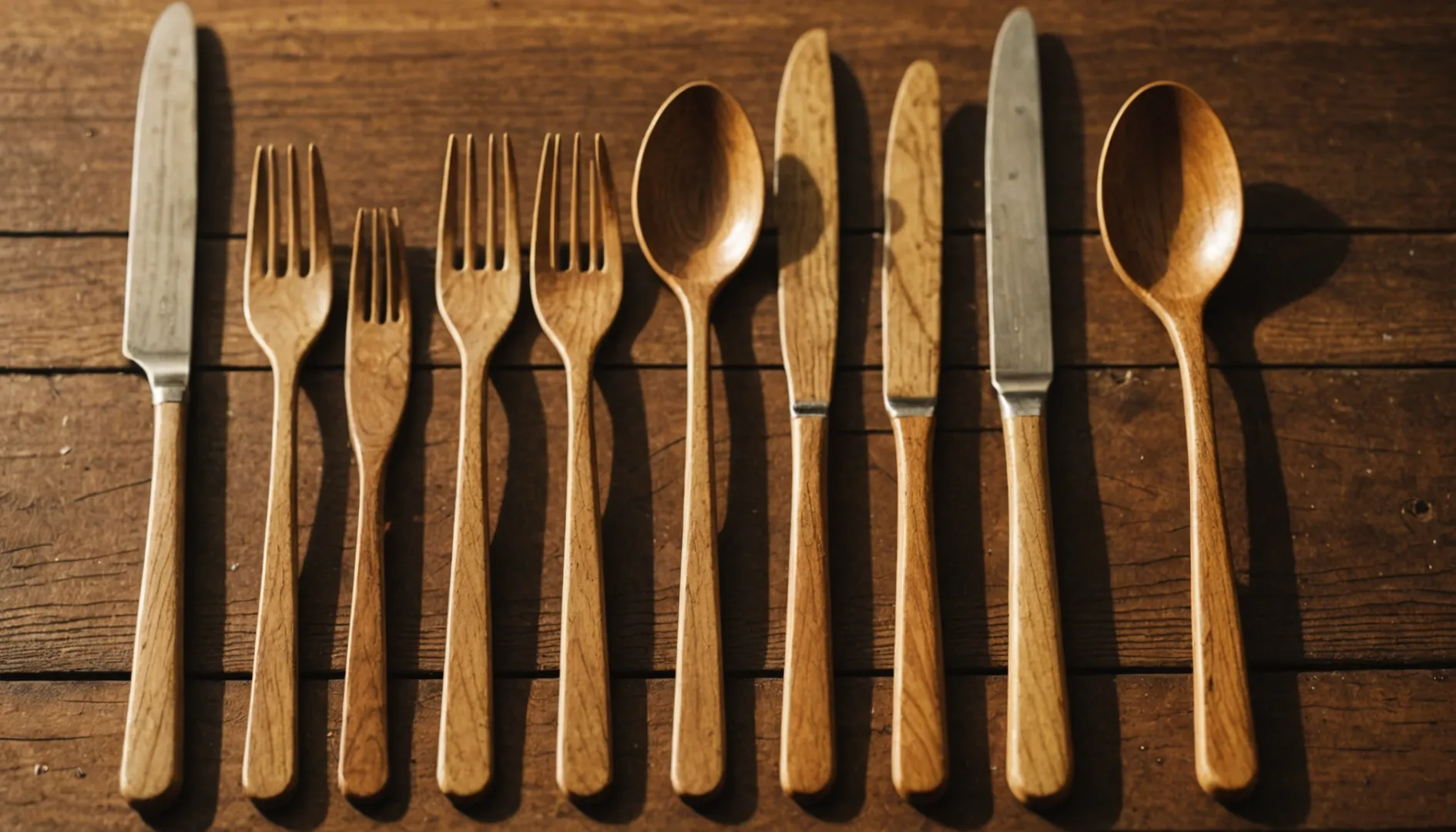
Sourcing Responsibly
When I first learned about how manufacturers source their materials, I was amazed at the level of care involved. They often turn to sustainably managed forests, ensuring that every piece of wood is responsibly harvested. It's like picking the perfect apple from a tree, knowing there's plenty more to come because the forest is well-cared-for. Certifications from organizations like the FSC (Forest Stewardship Council) help verify these practices, guaranteeing that the environment and local communities benefit in the process. Some manufacturers even use blockchain technology3 to add another layer of transparency, so consumers like us can trace the origins of our wooden forks and spoons right back to their roots.
Eco-Friendly Coatings
The moment I held a piece of wooden cutlery coated with beeswax, I realized how much thought goes into maintaining both its sustainability and quality. These natural coatings protect the utensils from moisture and bacteria, ensuring they remain safe for use while keeping their biodegradable nature intact. It's comforting to know that some companies are pushing the envelope by exploring compostable coatings4, further minimizing environmental impact.
Rigorous Quality Controls
Imagine working in a place where each piece of cutlery is meticulously checked for imperfections like cracks or splinters. That's the kind of attention to detail that goes into ensuring high-quality products. Manufacturers employ advanced design techniques like minimalist designs5 that use less material but still provide strong, reliable utensils. This approach aligns perfectly with their sustainability goals.
Consumer Education
I remember the first time I learned how to properly care for wooden cutlery—it was a game-changer. Manufacturers often guide us on how to prolong the life of these utensils, like avoiding long soaks and reapplying oils as needed. By doing so, they not only enhance product longevity but also empower us to practice sustainability in our kitchens.
Certifications and Eco-Credentials
In this age of information, it's crucial for products to have certifications that back up their environmental claims. Manufacturers seek certifications such as FDA and LFGB for safety assurance while also validating their sustainable sourcing practices. I find it fascinating how a Life Cycle Analysis (LCA) can provide measurable data on resource usage, boosting a product's credibility in eco-conscious markets. Looking into LCA benefits6 can reveal competitive advantages in meeting stringent regulatory demands.
Wooden cutlery is more hygienic than plastic cutlery.False
Wooden cutlery can harbor bacteria if not properly maintained due to its porous nature.
Bamboo cutlery regenerates faster than wooden cutlery.True
Bamboo grows rapidly, making it a more sustainable choice compared to slower-growing woods.
What Are the Latest Innovations in Disposable Wooden Cutlery?
Remember that summer picnic where I promised to be eco-friendly but ended up with a bag full of plastic utensils?
The latest innovations in disposable wooden cutlery focus on making them more sustainable and practical. This includes using biodegradable coatings, integrating bamboo fiber for durability, and adopting minimalist designs to enhance resource efficiency. These advancements ensure that wooden cutlery remains an eco-friendly choice while improving functionality and appeal.
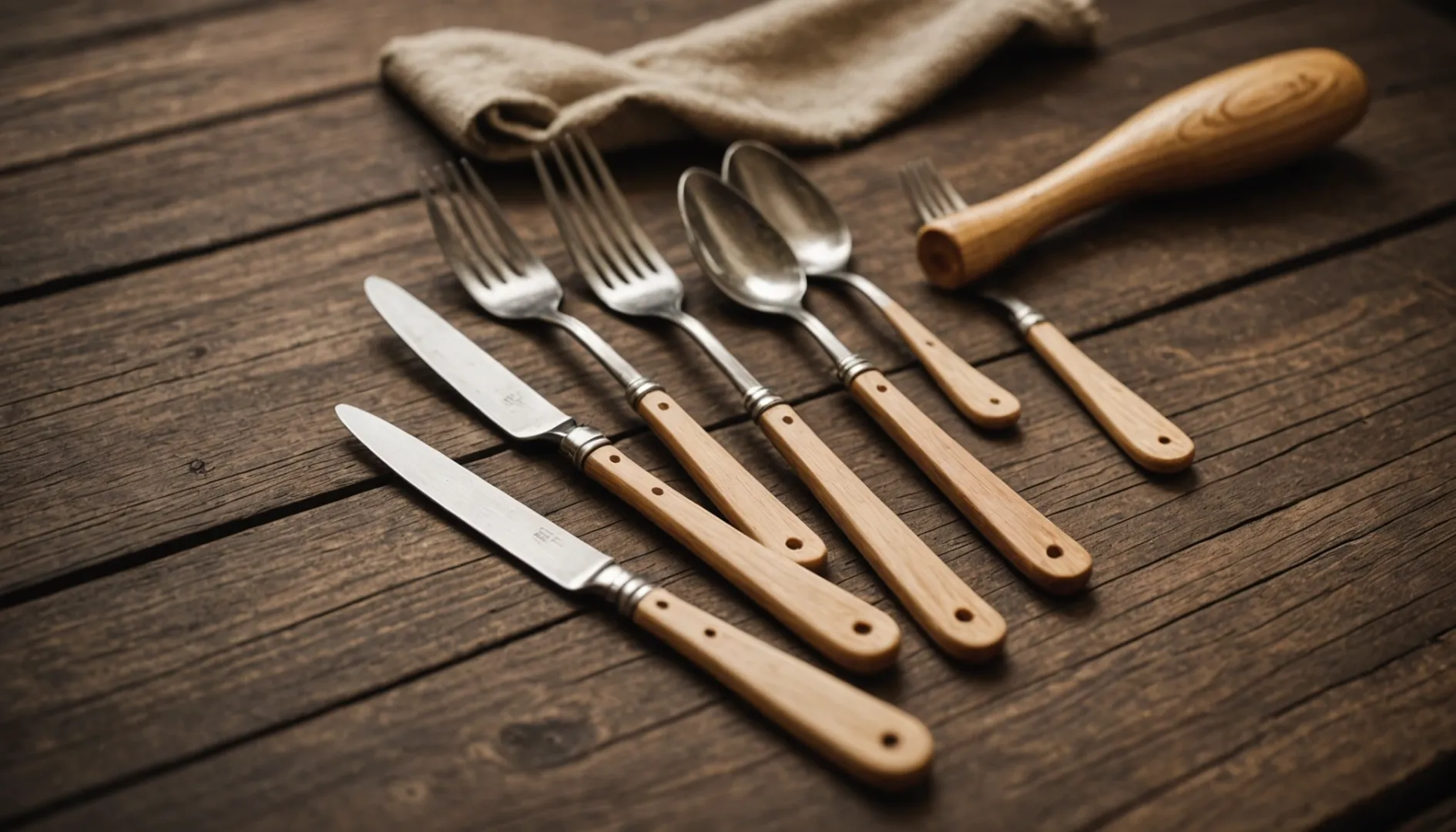
Biodegradable Coatings and Finishes
I remember the first time I was introduced to biodegradable coatings7—it felt like opening a door to a whole new world of sustainability. These coatings enhance wooden cutlery by making them resistant to moisture and bacteria, and I love how they break down easily post-use. It's comforting to know I'm not just adding another piece of waste to the planet.
Incorporating Bamboo Fiber
Combining wood with bamboo fiber is like crafting a magic wand—strong yet lightweight. On a camping trip, I tried some of these hybrid utensils and was amazed at their sturdiness. They held up beautifully against the hearty meals we cooked over the fire, proving that a minimalist design can indeed pack a punch.
Minimalist Design for Resource Efficiency
Speaking of design, have you ever admired how less can be more? Many manufacturers now use minimalist designs to reduce wood usage without compromising durability. This approach not only helps the environment but also makes each piece a tiny work of art.
Enhanced Durability Through Advanced Manufacturing
I recently learned about laser cutting in wooden utensils, and it's fascinating! These advanced techniques create smoother finishes and intricate designs, making splintering a thing of the past. On my last dinner party, everyone noticed how elegant and reliable these new-age utensils felt.
Transparency and Traceability in Sourcing
One of my favorite parts of choosing sustainable products is knowing their story. Some brands now use blockchain technology8 to trace their wood sources, ensuring they're harvested sustainably. It’s like having a passport for your cutlery—so cool!
Adaptation to Regulatory Changes
Keeping up with regulations can be daunting, but it's crucial for innovation. I appreciate how companies are rapidly aligning their products with eco-friendly standards like FSC or LFGB certifications. It makes me feel good about supporting businesses that prioritize the planet.
Multi-Use Potential
Why stop at single-use when you can extend the life of your utensils? Some manufacturers are focusing on multi-use potential, ensuring durability so that you can enjoy them longer before disposal. It's a small step that makes a big difference.
Eco-Friendly Marketing Strategies
I’ve seen some impressive social media campaigns9 lately that highlight the green aspects of wooden cutlery. These campaigns are not just informative but also inspiring, showing us all how easy it is to make choices that benefit our planet.
Wooden cutlery is more hygienic than plastic.False
Wooden cutlery is porous, potentially harboring bacteria if not maintained.
Bamboo cutlery regenerates faster than wooden cutlery.True
Bamboo grows quickly, making it more sustainable than traditional wood.
Why Choose Wooden Over Plastic: Environmental and Health Benefits?
Imagine a world where every product we use nurtures the planet instead of harming it. That dream could become reality by choosing wooden over plastic.
Wooden products are eco-friendly because they're biodegradable and sourced from renewable materials. Unlike plastic, which takes centuries to decompose and releases toxins, wood is naturally safe and doesn't leach harmful chemicals, making it a healthier choice for everyday use.
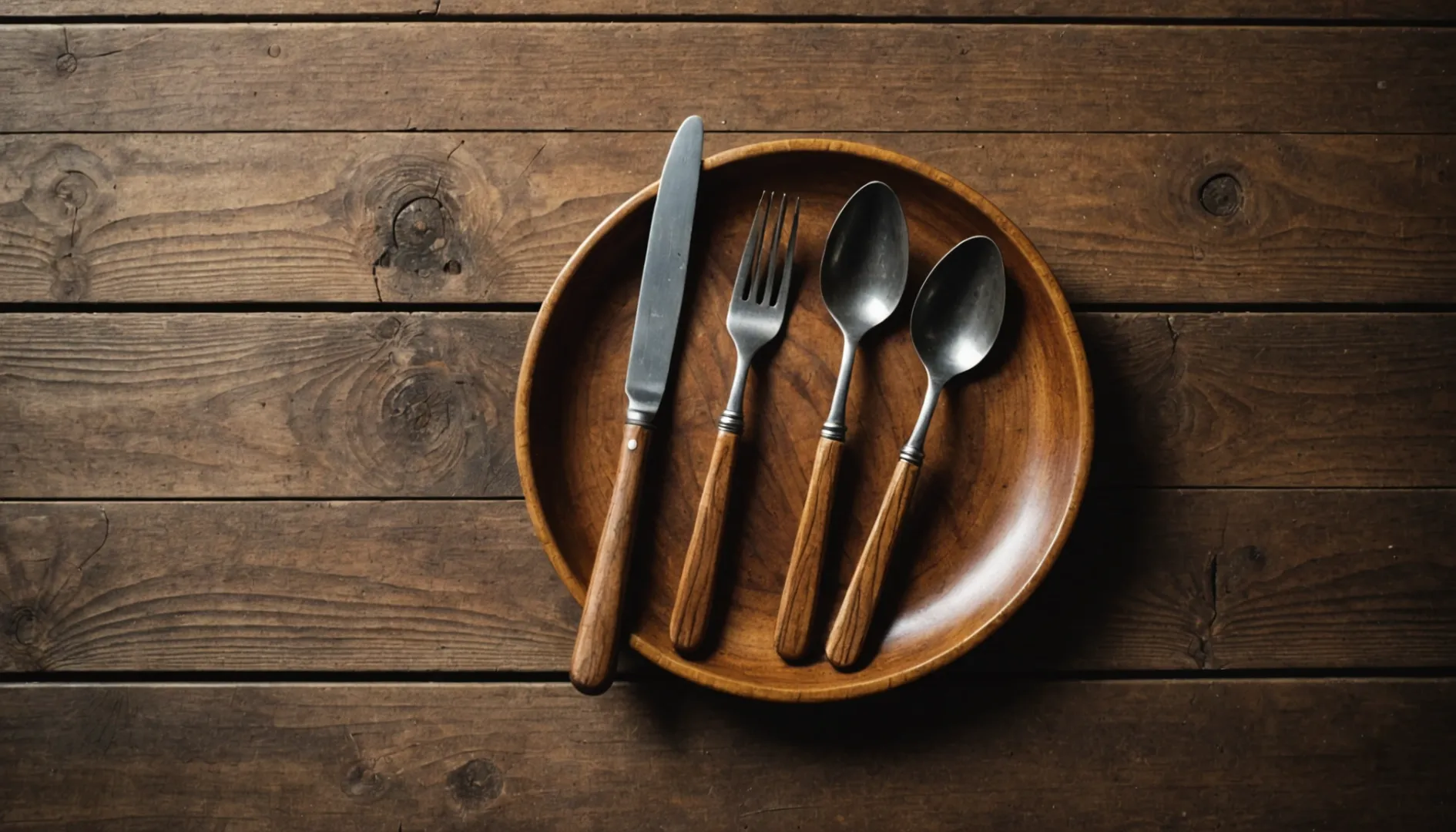
Environmental Impact of Wooden Products
I remember the first time I saw a landfill full of plastic waste—it was a shocking sight that made me reconsider my daily choices. Wooden products are renowned for their lower environmental impact compared to plastic. Wood is a renewable resource10, meaning it can be replanted and regrown, unlike plastic, which is derived from non-renewable fossil fuels. Moreover, wood's ability to decompose naturally reduces landfill waste significantly. This biodegradability ensures that wooden products do not linger in the environment, unlike plastic which can persist for hundreds of years, contributing to pollution and endangering wildlife.
The production process for wooden items typically involves less energy consumption compared to the manufacturing of plastic. This difference is due to the reduced need for chemical processing in wood production, thereby lowering carbon emissions. Choosing wood over plastic can also help mitigate climate change11 by promoting sustainable forestry practices, which help maintain biodiversity and sequester carbon.
Health Benefits of Using Wooden Products
Growing up, my grandmother always used wooden spoons, insisting they were "healthier." It turns out she was right! Wooden products are inherently free from harmful chemicals often found in plastics. Many plastics contain additives such as BPA (bisphenol A), which can leach into food and drinks, posing health risks. In contrast, wood does not emit any toxic substances, making it a safer option for food-related items like utensils and cutting boards.
Additionally, some types of wood have natural antibacterial properties. For instance, studies have shown that woods like bamboo and oak can naturally resist bacterial growth, making them ideal for kitchen use. This property not only enhances hygiene but also reduces the need for chemical cleaning agents, further supporting a healthier living environment.
The Role of Certifications and Standards
When I first started looking into wooden products, I quickly learned the importance of certifications. When choosing wooden products, it's essential to look for certifications that ensure sustainable sourcing and manufacturing. Labels such as FSC12 certification confirm that the wood comes from responsibly managed forests. These certifications help consumers make informed decisions by guaranteeing that their purchases support ecological balance and ethical labor practices.
Moreover, eco-certifications also indicate that the wooden products meet safety standards for use with food, ensuring that no harmful coatings or treatments are applied during manufacturing. By prioritizing certified wooden goods, consumers can enjoy the health benefits while supporting environmental sustainability.
Wooden cutlery absorbs more moisture than plastic.True
Wood is porous, leading to higher moisture absorption compared to plastic.
Wooden cutlery can be composted after use.True
Wooden utensils are biodegradable and can often be composted.
Conclusion
This article explores the top 10 disposable wooden cutlery manufacturers in the USA, highlighting their commitment to sustainability, quality craftsmanship, and innovative practices for eco-friendly dining solutions.
-
Learn how FSC certification ensures sustainable wood sourcing. ↩
-
Discover how blockchain enhances trust in product sourcing. ↩
-
Explore how blockchain enhances supply chain transparency and consumer trust. ↩
-
Learn about innovative coatings that improve biodegradability. ↩
-
Discover how minimalist design supports sustainability goals. ↩
-
Understand how LCA provides competitive advantages in eco-markets. ↩
-
Explore how biodegradable coatings improve sustainability and hygiene. ↩
-
Learn how blockchain ensures sustainable sourcing of materials. ↩
-
Discover impactful marketing strategies that promote eco-friendly products. ↩
-
Understand the importance of choosing renewable materials over non-renewable options. ↩
-
Learn how sustainable forestry practices contribute to climate change mitigation. ↩
-
Explore how FSC certification ensures responsible forest management. ↩

